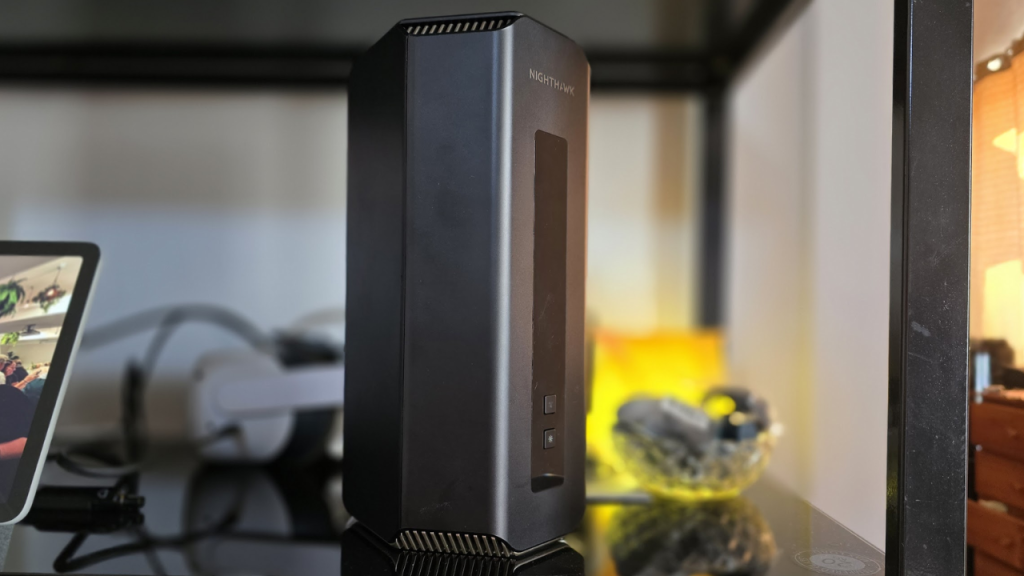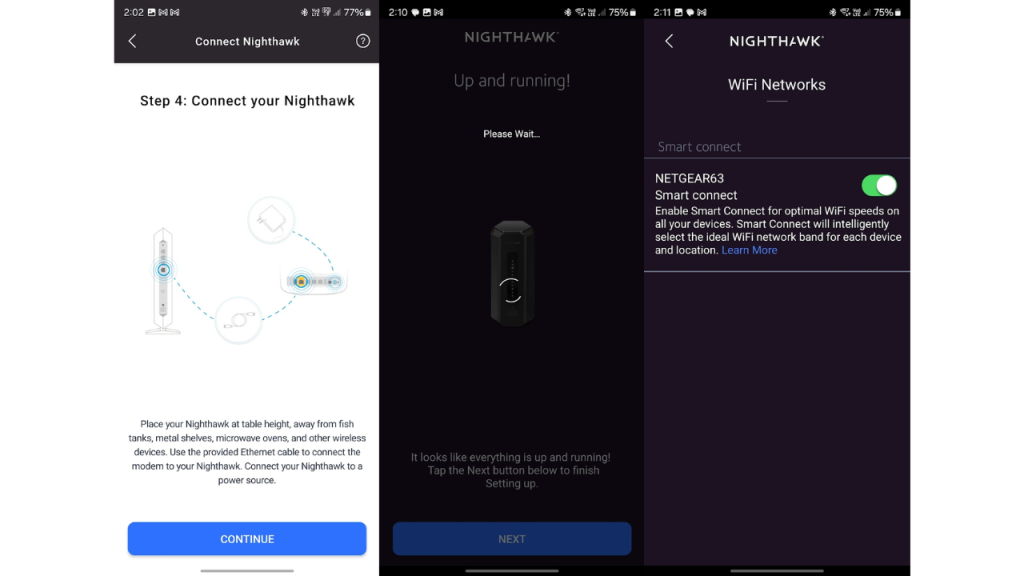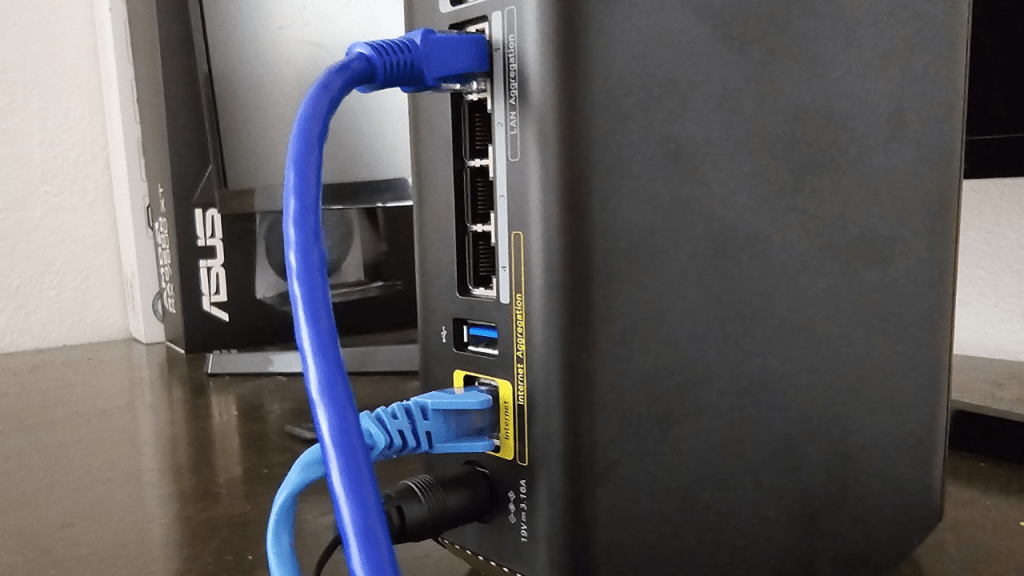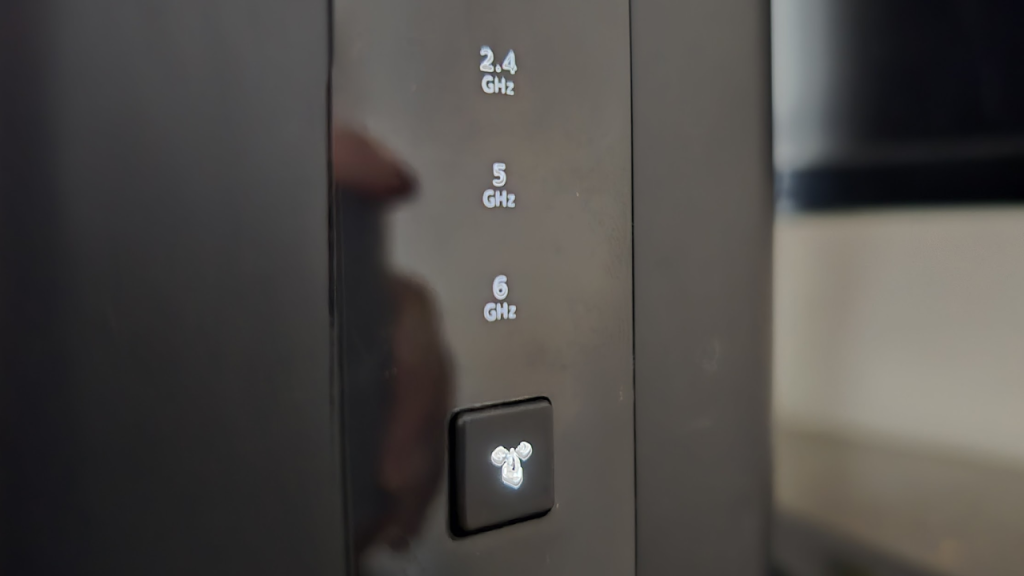Routers are, in my opinion, the least fun gadgets money can buy. You can’t go without them because, unless you rely on mobile internet, you can’t bring the internet in. Most of the time, it isn’t worth putting too much faith in a router because the feature range is fairly consistent no matter the price point. They all deliver internet; what else do you want from them? Surprising nobody, the Netgear Nighthawk RS700S is exceptionally good at this simple task. However, at a $1,299 price point, it’s worth considering why you would want such a powerful router.
The RS700S is Netgear’s supercar of routers. It’s the most expensive consumer-oriented device that the company offers, and it has the specs to match. On paper, the Nighthawk boasts Wi-Fi 7 support, a maximum speed of 19Gbps over Wi-Fi, and a maximum input speed of 10Gbps through the ethernet connector to the device (with four 1GB output ports to ethernet-connected devices), which will typically connect to your NBN box or your wall connectivity outlet.
For most people, these offer a material difference from, say, the $209 Netgear AX1800. Provided you’ve placed your router in a spot that makes Wi-FI transmission ideal, day-to-day internet use like streaming and social media will mostly remain the same. What the RS700S offers is a bunch of features that make it much more attractive to a power user.
So, where does the Netgear RS700S excel?

Gear for the net
Let’s start by talking about setup process. The Netgear Nighthawk RS700S solves one of my biggest issues in other routers — it makes setup an absolute breeze. Soup to nuts, the whole process was complete within 30 minutes. It was up and running in 20 minutes, and the remaining 10 minutes were spent connecting all of my devices.
Setup is done primarily through an app (The NETGEAR Nighthawk WiFi Router app on both iOS and Android), though a gateway setup via a browser is still available. This already gives it a leg up on the Eero 6 Pro, the last router I reviewed.

One of the only problems I had with the setup was the way some of the instructions were worded. Differentiating between a request for a login used to access the router’s backend and one required for your account is occasionally quite difficult. There’s also a gateway that calls for you to name your network, though it’s written oddly to imply that it requires the original name of the network. The good news is that, if you mess this step up, don’t fret – changing the name or your password later on is extremely easy.
Apart from that, easy stuff! The app has notifications built-in, and it will ding you every time a new device is connected. This got annoying after connecting the fifth device to it, so I eventually disabled notifications. Your mileage may vary. You can also kick unwanted devices off your network and have a guest network setup for visitors. There’s also an inbuilt speed test, that clocks the current download/upload and ping of your internet.
The only thing I’m not thrilled about is Netgear’s insistence on router-level security features that require a subscription. You can get a year of Netgear’s ‘Armor’ included, but recurring years will cost $99. I, personally, would probably not pay for the ongoing cost, but for people who want an extra layer of virus protection, it’s an attractive proposition.
Oh, and also, Wi-Fi 7 isn’t really something to celebrate too much just yet, because for it to achieve the highest speeds possible, it relies on the receiving devices to also have Wi-Fi 7 capabilities. It’s just not common in many devices. The Samsung Galaxy S24 Ultra, for example, has it, but Microsoft’s highest-end laptop (the Surface Laptop Studio 2) which released late last year doesn’t.
So, how does it go in practice?

Hawk it over
As is well known within Gizmodo Australia canon, I am one of those Extremely Normal people that runs a 10-metre ethernet cable throughout my home. I do this so that the gaming PC in my bedroom can achieve the fastest speed and lowest latency possible. The Netgear Nighthawk RS700S did not change my feelings on this. If you’re going to buy a router like this, you’re going to want the best, and that requires a cabled connection. So, for experimenting with the Nighthawk, I was more focused on secondary operations. Stuff involving my personal laptop, phone, smart home devices, and VR headset, for example.
The first thing to be said is that while it’s absolutely capable of blisteringly fast internet speeds, it is not a wonder device. You’re still going to have Wi-Fi woes if your router is located in an inconvenient spot and if signals need to travel through walls. If this is an issue, you’ll want to gravitate to a mesh internet setup. My phone and laptop were certainly running slower in further away spots than when connected to a mesh network, where a mesh node was closer to the devices.
The 19Gbps local area network speeds (LAN) are difficult to fully appreciate unless you have the right technology for the job – but thankfully I did, because I’m a VR tragic. Running games via my gaming PC, and streaming to my Meta Quest 2 over LAN, the frames were consistent and didn’t drop once. It was more consistent than when I tried the exact same thing with the Eero 6 Pro, though I feel like I had greater flexibility with the Eero 6 Pro as it was a mesh setup. The RS700S can be used as a mesh network, with up to four RS700S devices in-use.
One really cool trick the RS700S can pull off with its Wi-Fi 7 capabilities is masking the SSID of its 2.4Ghz, 5Ghz, and 6Ghz bands under the one name. This way, you avoid the confusion of if a device needs to connect to the 2.4Ghz band, and aren’t aware of it. This actually happened to me – my Nanoleaf Canvas tiles can only connect to a 2.4Ghz band, but because the RS700S has both bands under one name, there was no room for confusion. I just connected it, and it was fine.

Another cool trick is just so simple but I just wish more gadgets had it; an on/off switch for the lights. Simple, right? But listen, I live in a home where most of my tech sits beside my bed, in an awkward bedroom/home office setup. I hate having lights in my room when I’m trying to sleep, and this simple button offers a much more elegant solution than, say, a strip of blutac down the front of the machine. Good going, Netgear.
Overall, it’s fast, yes, but it’s also extremely well thought out… If you’re going to appreciate it for what it offers. My only gripe on this front would be that it’s somewhat of an awkward shape – just a big ol’ pillar that looks like a prop from StarGate SG1. If you’re the type to put your router under a nook somewhere in your home, just be sure that this would fit in said nook (it did not fit in my nook).
The verdict: should you buy the Netgear Nighthawk RS700S?
I recommend the Netgear Nighthawk RS700S if you have a strong need for speed and simplicity, but you need to be fully understanding of several things. One, it won’t solve all of your internet issues. Two, Wi-Fi 7 isn’t really here in force yet. And three, it’s mighty expensive. Actually, at the time of writing, it’s the most expensive standalone router available from most tech stores, with almost all other more expensive routers on offer being mesh devices.
If you’re a gamer after unparalleled speed, particularly for high latency things like VR over LAN, then you should absolutely consider this device. If you want a device that’s going to future-proof you for Wi-Fi 7, then this is also an extremely valuable pick.
But buying this device does not equal better 4K streaming or lower latency when gaming. If you’re just a casual internet user, then it’s hard to say that the Nighthawk RS700S is for you.
The Netgear Nighthawk RS700S is available now from:
Scorptec ($1,199) | Netgear ($1,299) | JB Hi-Fi ($1,499)
Image: Zachariah Kelly/Gizmodo Australia
This article has been updated since it was originally published.
